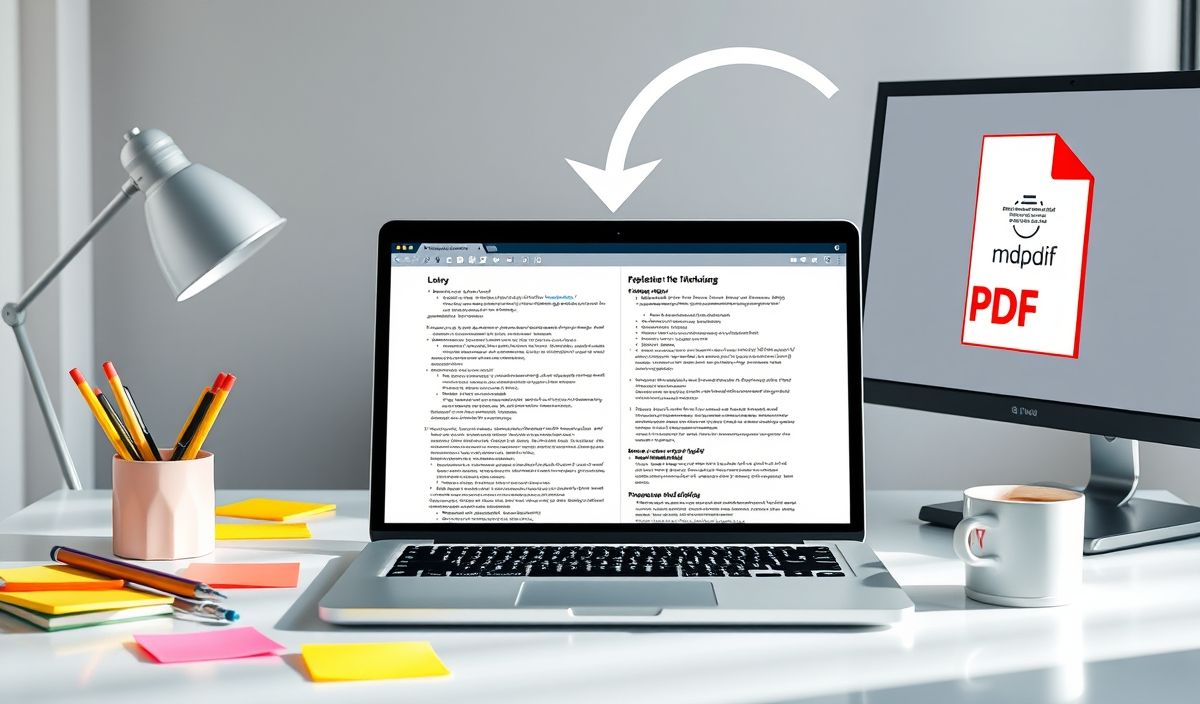Introduction to mongoose-paginate
Mongoose-paginate is a powerful plugin for Mongoose that simplifies adding pagination to your MongoDB queries. It is very useful when dealing with large datasets where you need to load data in chunks or pages to improve performance and user experience.
Setting Up mongoose-paginate
// Installation via npm npm install mongoose-paginate-v2 Adding Pagination to a Mongoose Model
const mongoose = require('mongoose'); const mongoosePaginate = require('mongoose-paginate-v2');
const schema = new mongoose.Schema({
title: String,
content: String
});
schema.plugin(mongoosePaginate);
const Post = mongoose.model('Post', schema); Using the paginate Method
// Paginate through posts Post.paginate({}, { page: 1, limit: 10 }, function(err, result) {
// Result contains docs, totalDocs, limit, totalPages, page, and more
}); Query with Options
const options = {
page: 1,
limit: 5,
sort: { title: 1 },
select: 'title'
};
Post.paginate({}, options, function(err, result) {
// Handle results
}); Mongoose Paginate with Aggregation
const aggregateQuery = Post.aggregate([
{ $match: { title: { $regex: '.*sample.*' } } },
{ $sort: { title: 1 } }
]);
const options = {
page: 1,
limit: 5
};
Post.aggregatePaginate(aggregateQuery, options, function(err, result) {
// Handle results
}); Advanced Pagination Example
Let’s create a simple application to demonstrate the usage of mongoose-paginate in a full-stack application:
Backend (Express App)
const express = require('express'); const mongoose = require('mongoose'); const mongoosePaginate = require('mongoose-paginate-v2');
const app = express(); const port = 3000;
mongoose.connect('mongodb://localhost:27017/mydb', { useNewUrlParser: true, useUnifiedTopology: true });
const postSchema = new mongoose.Schema({
title: String,
content: String
});
postSchema.plugin(mongoosePaginate); const Post = mongoose.model('Post', postSchema);
app.get('/posts', (req, res) => {
const { page, limit } = req.query;
const options = {
page: parseInt(page, 10) || 1,
limit: parseInt(limit, 10) || 10
};
Post.paginate({}, options, (err, result) => {
if (err) {
return res.status(500).json({ error: err.message });
}
res.json(result);
});
});
app.listen(port, () => {
console.log(`Server running at http://localhost:${port}`);
}); Frontend (React Component)
import React, { useEffect, useState } from 'react'; import axios from 'axios';
const Posts = () => {
const [posts, setPosts] = useState([]);
const [page, setPage] = useState(1);
const [totalPages, setTotalPages] = useState(1);
useEffect(() => {
const fetchPosts = async () => {
const response = await axios.get(`/posts?page=${page}&limit=5`);
setPosts(response.data.docs);
setTotalPages(response.data.totalPages);
};
fetchPosts();
}, [page]);
return (
Posts
{posts.map(post => (
- {post.title}
))}
{[...Array(totalPages)].map((_, idx) => (
))}
);
};
export default Posts; By following these steps, you can effectively implement pagination in your Mongoose models and improve your application’s efficiency and user experience.
Hash: 2cef239f0d9ab110bfafa1fd30fa6550e43393cf97163c6810167a1d98320ff6




